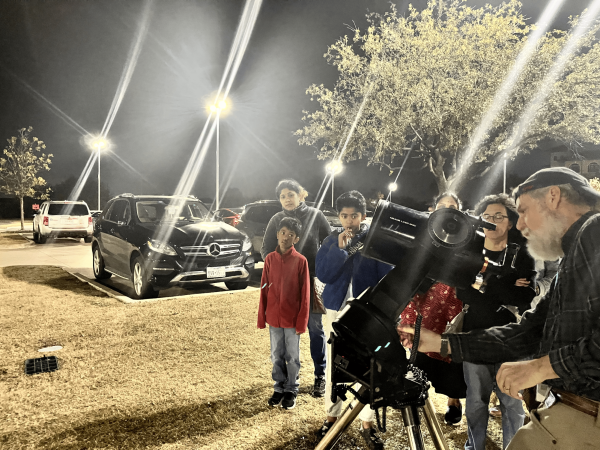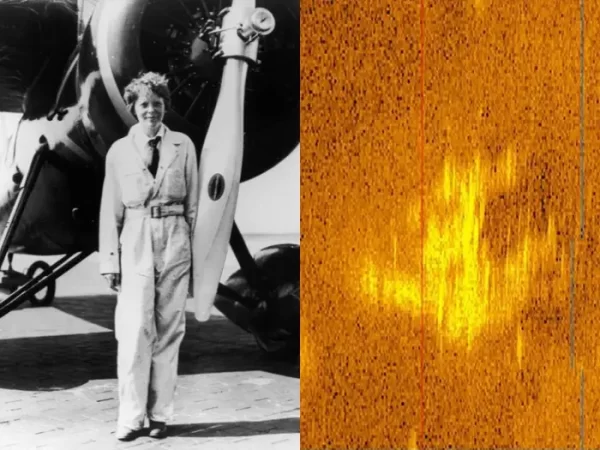“The Hunger Games” resurges on social media
Eleven years ago, “The Hunger Games” was released in theaters and kickstarted a Hollywood franchise worth $2.97 billion dollars, expanding the fanbase from Suzanne Collins’ novel of the same name.
“The “Hunger Games” saga was made available on Netflix on March 1, 2023, and experienced a resurgence in popularity on social media.

The film’s newfound accessibility sparked interest in the upcoming Hunger Games movie, “The Ballad of Songbirds and Snakes”, demonstrating how the digital age has radically changed the way movies are marketed.
Google search data indicates that the term “Hunger Games” received the most attention and interest this month since the latest film ‘The Hunger Games: Mocking Jay – Part 2’ hit theaters in 2015.
The current search volume for “The Ballad of Songbirds and Snakes” is the highest it has ever been since its novel counterpart was released in May 2020.
Social media mentions on Instagram, Twitter, TikTok, and other platforms are skyrocketing as well, suggesting excitement for the franchise is the highest in years.
All of this came at no cost to Lionsgate, the studio which produced and released the movies since they are paid by Netflix to house their films on the service. Promotion that would have previously cost millions of dollars, is now being done for free through social media.
Viral internet marketing campaigns, intentional or otherwise, have previously been shown to increase awareness and profits for movies.
In the early days of the internet, even the smallest of movies could become mainstream and generate hundreds of millions of dollars through word of mouth generated by the internet. This concept was revealed by the low-budget independent horror film ‘The Blair Witch Project’ in 1999.
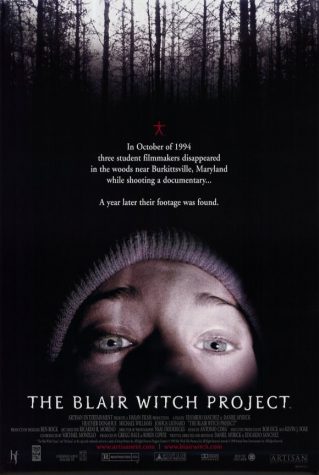
The film launched the found footage genre of film, presenting its fictional story as true events. Such an unprecedented idea found traction because of a viral marketing campaign that presented the movie as a documentary rather than a narrative horror film. Despite being entirely fictional, it sparked debate over its validity.
The attention garnered by the campaign and the discourse it resulted in allowed a $60,000 movie to gross $248 million dollars at the worldwide box office, opening the doors for Hollywood to invest in similar internet marketing campaigns.
Warner Bros. took the strategy to another level with the marketing for the Detective Comics (DC) film “The Dark Knight” in the year leading up to its release on July 18, 2008.
It provided an opportunity to directly engage in the film’s world of Gotham City through an Alternate Reality Game (ARG) dubbed the “Why So Serious” ARG.
ARGs are a form of storytelling that involves and immerses participants into their fictitious worlds by allowing them to discover clues through websites, physical locations, phone numbers, package deliveries, email threads, and other means.
On July 16, 2007, visitors at San Diego Comic-Con (SDCC) received altered $1 bills with the depiction of George Washington’s face covered up to resemble The Joker, Batman’s most iconic villain and antagonist of “The Dark Knight”.
Shortly after, a phone number appeared in the sky above the convention center, leading to a voicemail that contained the first clue, marking the official start of the Why So Serious ARG.
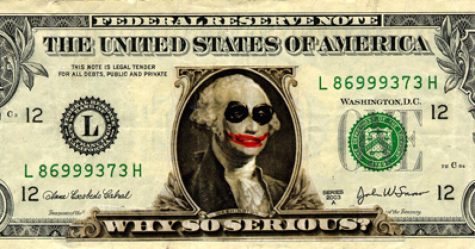
Players used websites to seemingly communicate with fictional characters from the movies, such as Commissioner Jim Gordan (Gary Oldman), Gotham City District Attorney candidate Harvey Dent (Erin Eckhart), and The Joker (Heath Ledger). The tasks assigned to players were under the guise of working for the respective characters.
The game’s storyline concludes with the election of Harvey Dent as district commissioner and The Joker launching a bank heist, events that directly lead into the plot of the film. One of the characters introduced in the game, Bryan Douglas, even has a scene in the movie.
The campaign contributed to the movie’s monstrous financial success. While the previous Batman film, “Batman Begins”, made $373 million, “The Dark Knight” earned $1.005 billion at the global box office, over $1.3 billion in today’s money.
The film was the highest-grossing movie of 2008, and the first ever comic book movie to cross the billion-dollar mark, beginning the era of superhero dominance in Hollywood.
In the years that followed, less elaborate tactics were incorporated into industry marketing campaigns, including for what became the highest-grossing movie of all time “Avengers: Endgame”.
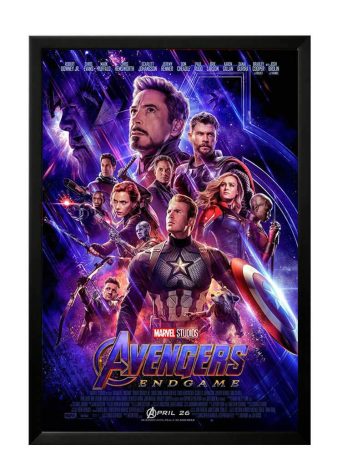
During the film’s opening week, audiences attempted to avoid spoilers for the conclusion of Marvel’s “Infinity Saga”, prompting Marvel to start the social media campaign #DontSpoilTheEndgame, spreading word of mouth and ensuring people would not give out plot details. Some viewers decided to take to social media on their own. Since the movie was over three hours long, it consequently created an online discussion about the best points to leave the auditorium to use the restroom while missing as little of the plot as possible. Whether it is warranted or not, social media content is one of the most common sources people get information from.
In 2022 polling data, 71 percent of Americans reported they first learn news and information on social media on a daily basis, with 91 percent stating they do on a weekly basis. This makes social media the most accessible way for movie studios and their marketing departments to promote their new releases, a strategy that became emphasized during the COVID-19 pandemic.
Movie studios such as Warner Bros. and Disney produced online announcement and promotion events for their upcoming releases instead of attending in-person conventions such as SDCC.
Warner Bros. created DC Fandome on Aug/ 22, 2020, to market DC releases while Disney held an Investor Day on Dec. 10 to promote projects from Disney Animation, Pixar, Marvel, Lucasfilm, and more. Traditional methods of marketing were replaced by digital ones.
Even after pandemic restrictions were lifted, studios still opted to market through social media, as was exemplified when DC Studios President James Gunn announced upcoming releases through a video released on Twitter and YouTube on Jan. 31.
Not only does social media marketing generate traction for movies, but continues to lead to financial results as well.
Last year, the promotion of the independent horror film “Smile” saw Paramount executives authorize the decision to launch a viral marketing campaign.

The campaign involved the movie’s actors attending baseball games, and purchasing tickets to seats where the cameras could easily see them. They then proceeded to constantly grin throughout the entire game, causing online confusion and awareness for the movie.
Similar to the return on investment seen with “The Blair Witch Project”, the film grossed $217 million with a budget of only $17 million.
In spite of the potential successes, not all internet marketing campaigns lead to financial benefits.
On April 1, 2022, the Sony Pictures comic book film “Morbius” was released in theaters. It was bashed by critics, receiving a mere 16 percent score on the review aggregation platform Rotten Tomatoes (RT). It was also the subject of controversy due to the allegations made against its star Jared Leto.
The movie’s reception was so poor that it inspired trends and memes including the “It’s Morbin’ Time” meme, and satirical posts claiming it to be a highly profitable and exceptionally made movie whilst the consensus suggests that it is entirely the opposite. Posts claimed the film was the first to sell over a trillion tickets, made over a “morbillion” dollars, received an impossible 203 percent RT score, and other parody facts.
Sony attempted to capitalize on the publicity from social media by re-releasing the film in theaters and promoting it by unveiling a parody video of Leto reading a fake script for a sequel titled “Morbius 2: It’s Morbin’ Time”
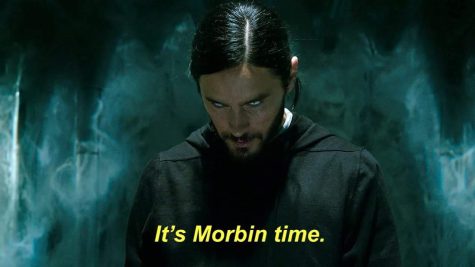
However, the attempt to reap the benefits of impromptu social media publicity failed to make the movie anywhere near profitable. It concluded its box office run with a mere $167 million, likely failing to break even with a 75$ million budget.
The latest in a line of movies gaining traction on social media, “The Ballad of Songbirds and Snakes” releases on Nov. 17, 2023. As the Netflix release of the Hunger Games saga ignites increased attention online, it remains to be seen if social media virality will translate to success.


